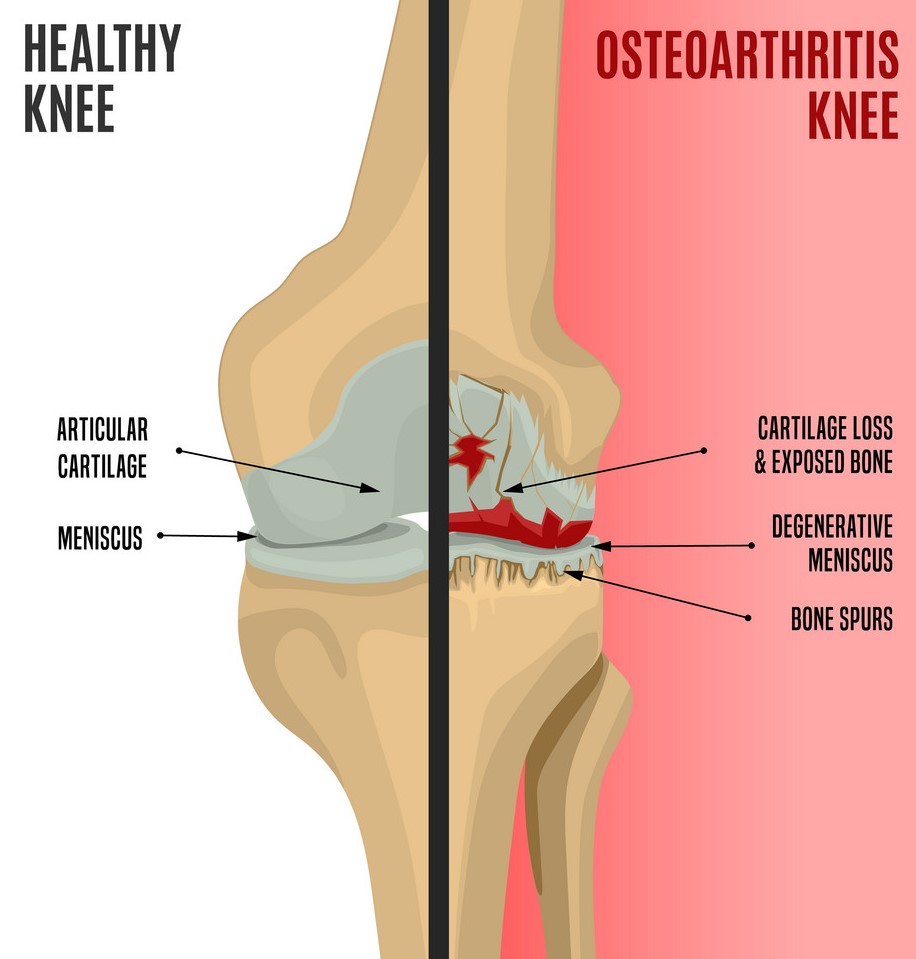Categories
- Bariatric Surgery (11)
- Black Fungus (5)
- Bone Marrow transplant (3)
- Brain Tumor Surgery Navigation Technology (20)
- Cardiac Surgery (66)
- Cardiology (97)
- Computer navigation technology for joint replacements (20)
- Covid Vaccination (17)
- Critical Care (2)
- Dental (19)
- Dermatology (31)
- Dialysis Support Group - “UTSAAH” (11)
- Dietitian (33)
- Emergency Medicine (4)
- Emotional Health (11)
- Endocrinology (33)
- ENT (20)
- Gastroenterology and GI Surgery (53)
- General and Laparoscopic Surgery (21)
- General Surgery (4)
- Gynecology & Obstetrics (183)
- Hematology (20)
- Internal Medicine (294)
- Kidney Transplant (50)
- Kidney Transplantation (20)
- Lung Cancer (8)
- Minimal Invasive Surgery (1)
- Mother & Child (20)
- mucormycosis (5)
- Nephrology (61)
- Neurology (147)
- Neurosurgery (68)
- Nutrition and Dietetics (107)
- Omicron Variant (1)
- Oncology (288)
- Ophthalmology (10)
- Orthopaedics & Joint Replacement (86)
- Paediatrics (59)
- Pediatric Nephrology (3)
- Physiotherapy (5)
- Plastic & Reconstructive Surgery (6)
- Psychiatry and Psychology (90)
- Psychologist (28)
- Pulmonology (72)
- Rheumatology (13)
- Spine Services (21)
- Transradial Angioplasty (16)
- Urology (84)
Query Form
Posted on Apr 19, 2022
Osteoarthritis knee
Osteoarthritis knee
The knee joint is one of the most important joints in the human body. It is a synovial joint that has smooth cartilage on both surfaces & synovial fluid inside the knee joint. Smooth knee movements require healthy cartilage. The knee joint is supported by various ligaments & meniscus (shock-absorbing pads).
Osteoarthritis of the knee joint is a very common entity in the age group from above 60 years. More common in females. It means degeneration or wearing out of smooth cartilage surface which leads to pain, swelling, difficulty in walking, climbing & going downstairs, getting up from squatting position & decreased overall functional activities.

Various causes are
- Age -with increasing age increased wear and tear causes damage to knee cartilage.
- Genetics-family history is contributory.
- Obesity-one of the major causes.
- injury to knee joint-sports injury to cartilage, meniscus, ligament which are neglected or fractures not treated well.
- Rheumatoid arthritis etc
Preventive measures are
- Regular exercise which includes cycling, quadriceps strengthening, swimming.
- Weight management – reduction in weight causes a significant improvement in knee pain by decreasing load on knee joints.
- Regular supplements – this includes vitamin D, calcium & collagen supplements.
- Physiotherapy – conservative management includes physio exercises like SLR, static quads, VMO strengthening.
When to operate
- When all conservative treatment fails with no improvement.
- The patient is not able to walk to do daily household activities.
- Increasing weight due to inactivity.
- Regular falls with low confidence.
Surgery
Total knee replacement
It is a very safe procedure done routinely under regional anesthesia. The damaged surface of the femur, tibia & patella are minimally removed and high-quality artificial surfaces are implanted with help of bone cement. Currently, computer navigation is used which increases accuracy & decreases blood loss which helps in early recovery.
Unicompartmental knee replacement
Here only one compartment medial or lateral is replaced. It is usually done in younger patients with only one compartment arthritis usually medial with intact ACL, PCL ligaments
Post operate rehabilitation
The patient is made to walk from the very same day. The patient is taught to use the washroom & stairs so that he/she becomes independent & confident to regain normal functional life.
